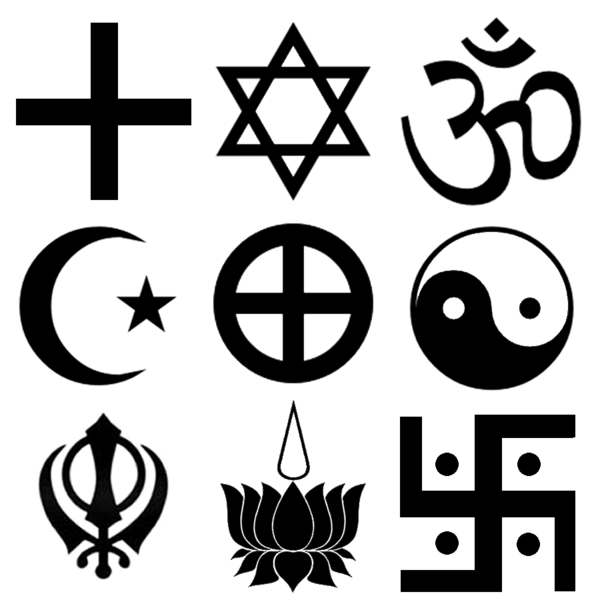The Gaza Strip, a narrow stretch of land bordered by Israel and Egypt, presents a complex tapestry woven from the threads of conflict, culture, and faith. This region, long entangled in political strife, serves not only as a battleground for territorial disputes but also as a crucible for religious identities—particularly for Christian communities. The profound interplay of religion amidst the turmoil offers both a lens through which to view the resilience of faith and a deeper inquiry into the nature of belief under duress.
The demographics of Gaza are primarily Muslim, with Christians constituting a small but historically significant minority. This minority, largely comprised of Eastern Orthodox, Roman Catholic, and Anglican believers, has faced a myriad of challenges ranging from socio-political constraints to the broader tumult of the Palestinian-Israeli conflict. Despite this precarious existence, Christian communities in Gaza illustrate a remarkable persistence in faith and tradition. They adhere to their beliefs, practicing rituals, and venerating sacred sites, which become symbols of resistance against the backdrop of adversity.
One cannot overlook the geographic and cultural significance of Gaza in the context of Christianity. The region is replete with historical references found in the Biblical narrative. Churches have stood as testaments to faith over centuries, often withstanding the ravages of time and conflict. The Church of St. Porfirios, an ancient Orthodox Church, remains a beacon for Orthodox Christians, a testament to the steadfastness of their beliefs. Such sites, while overshadowed by modern conflict, resonate with a history that lingers in the hearts and minds of the faithful.
Moreover, the phenomenon of faith under pressure prompts a consideration of the deeper psychological and spiritual dimensions at play. Faith, particularly in a beleaguered environment like Gaza, often transcends mere religious adherence; it becomes an act of defiance. The act of worship, whether in a makeshift chapel or amidst the ruins of a bombed-out church, reflects a commitment not only to tradition but also to community solidarity and identity. This is especially vital given the pressures facing Christian Palestinians, who navigate their religious observances alongside broader societal challenges.
Perhaps the most striking aspect of religious life in Gaza is its ability to offer hope amidst despair. In the face of frequent violence and socio-economic hardship, the Christian community uses the tenets of their faith to foster resilience. Community initiatives, often rooted in Christian teachings of love and service, manifest in charitable works such as providing aid to the impoverished or offering sanctuary to those fled from conflict. Initiatives like these underscore the belief that faith can be a source of strength and a pathway to peace.
However, such expressions of faith are not without their internal struggles. The Christian community in Gaza occasionally grapples with feelings of isolation and vulnerability, exacerbated by a larger political landscape that often marginalizes their presence. The exodus of young Christians seeking opportunities abroad is a troubling trend that threatens to erode the demographic fabric of the community. This raises significant theological questions: How does one maintain a vibrant faith community when the numbers dwindle? What role does ecclesiastical leadership play in fostering a sense of belonging and purpose in a hostile environment?
The role of the clergy is pivotal in this context. Bishops and priests serve not only as spiritual leaders but also as local advocates, striving to forge interfaith dialogues and promote understanding amid communal tension. Their efforts to reach out to the Muslim majority reflect a commitment to building bridges, emphasizing commonalities in faith while respecting differences. Such initiatives are integral for maintaining stability within a fractious socio-political framework, illuminating the potential for reconciliation that lies between divergent religious groups.
In addition to the social dynamics, the interaction between Christianity and local customs enriches the religious experience in Gaza. The fusion of local traditions with Christian practices results in unique expressions of faith that can be distinctly identified within the Palestinian milieu. The blending of folklore, music, and ecclesiastical rites captures the essence of a people whose spirituality is deeply entrenched in their historical narratives. This cultural amalgamation fosters a sense of belonging and continuity, crucial for the preservation of identity amid striving conditions.
As we reflect upon the religious landscape in Gaza, it becomes evident that faith in such a context is not merely reactionary; rather, it is an ongoing journey traversed through trials. The devotion exhibited by Christians reveals a powerful resilience that transcends mere survival. Instead, it offers a profound witness to the potential for faith to inspire hope and instill courage; a poignant reminder that amidst the din of conflict, the human spirit, nurtured by sacred belief, can continue to flourish.
Ultimately, the story of Christianity in the Gaza Strip encapsulates a broader reality—one that emphasizes the significance of faith as a bulwark against the forces of despair. While challenges remain daunting, the enduring presence of the Christian community serves as a testament to the transformative power of belief in the face of adversity. It beckons the world to look deeper, to understand, and to engage with the complexities of faith—inviting us all to ponder what it means to truly believe in a world marked by hardship and conflict.



